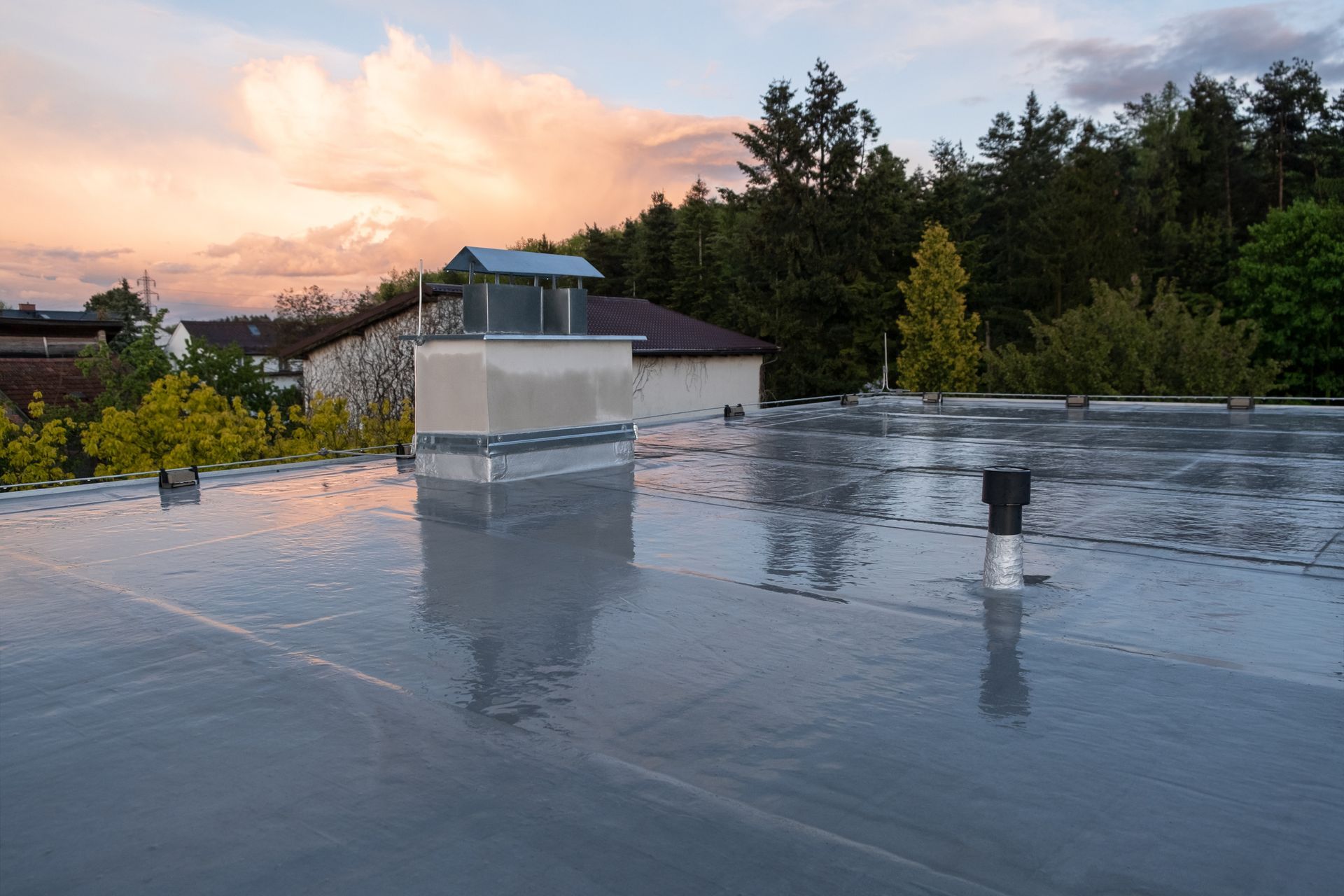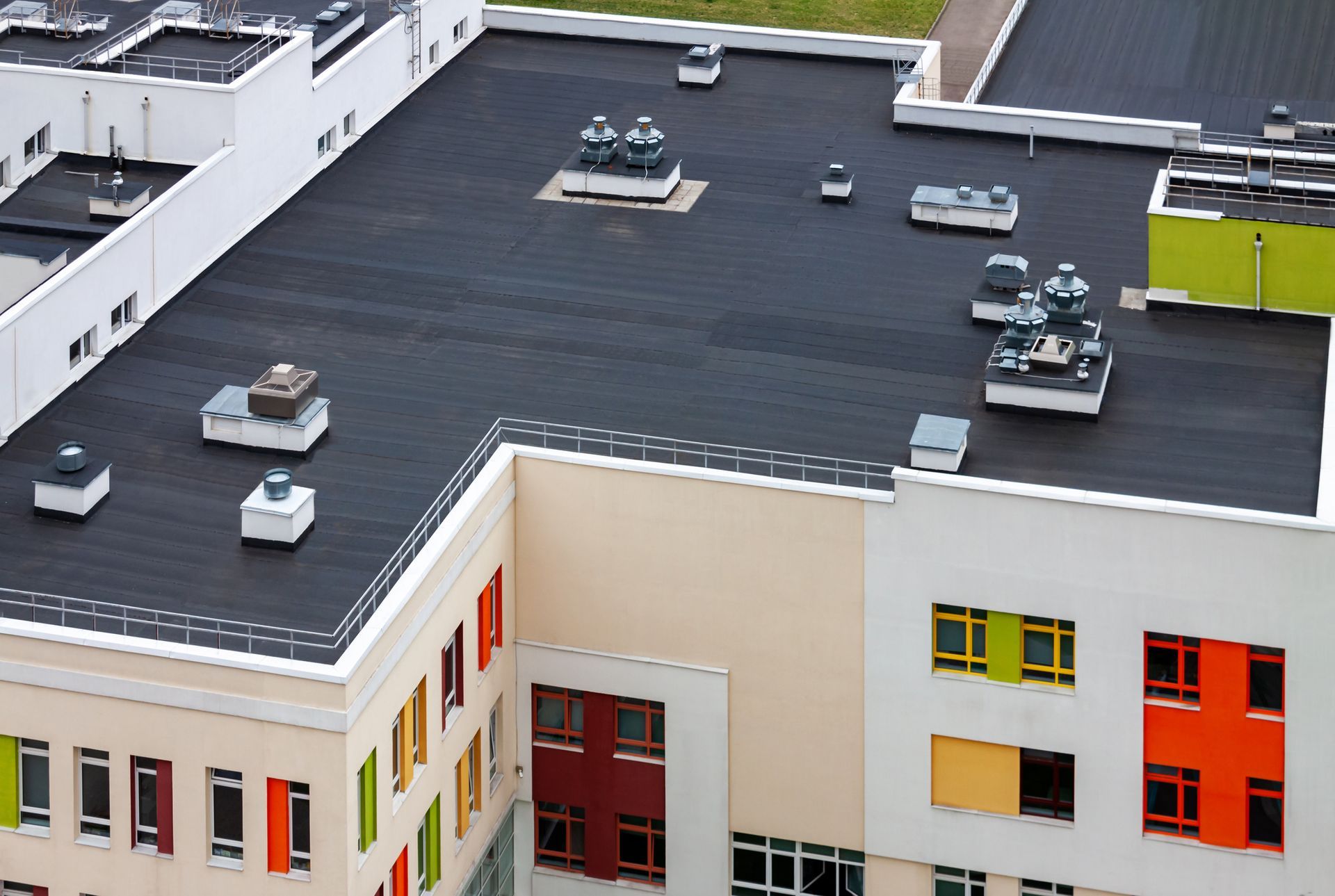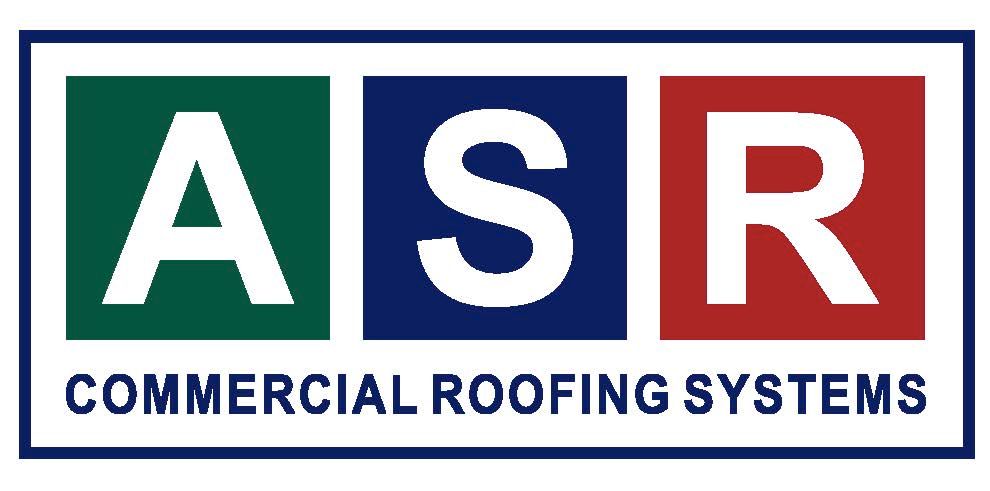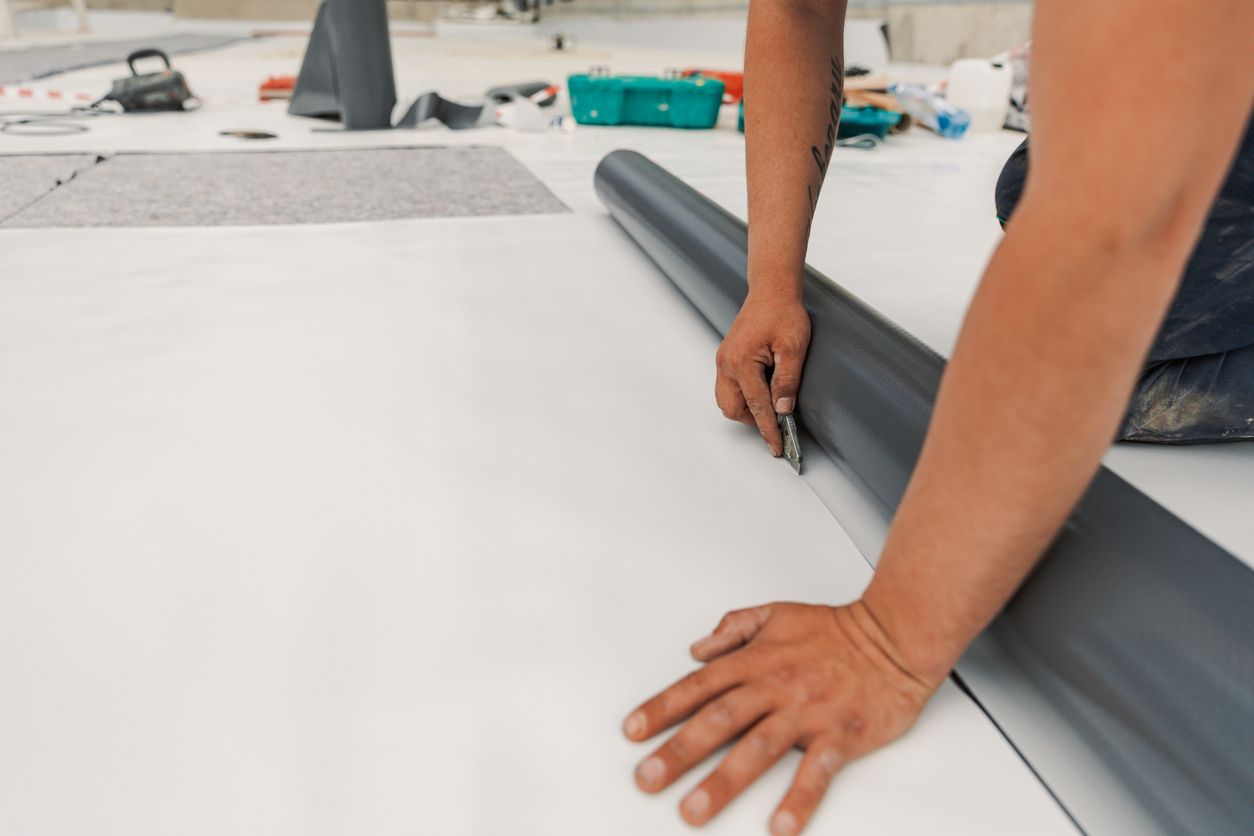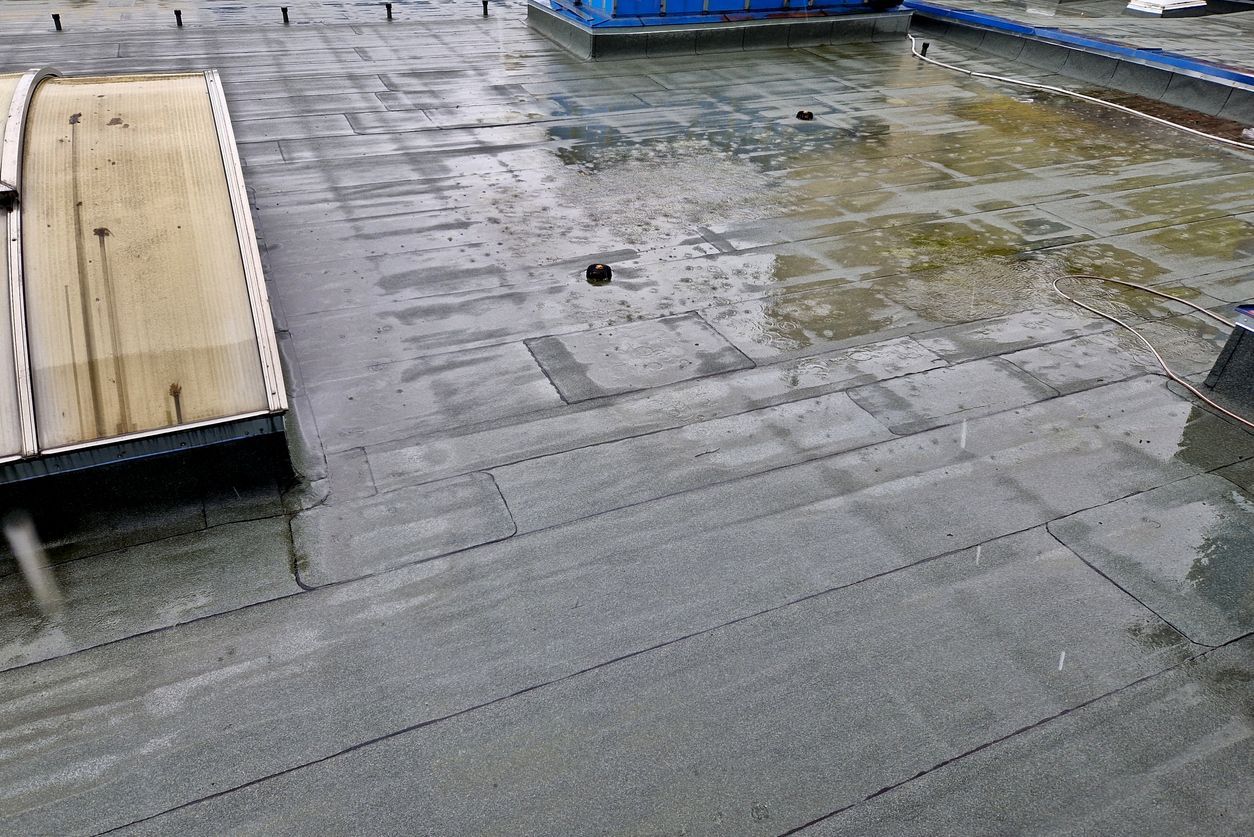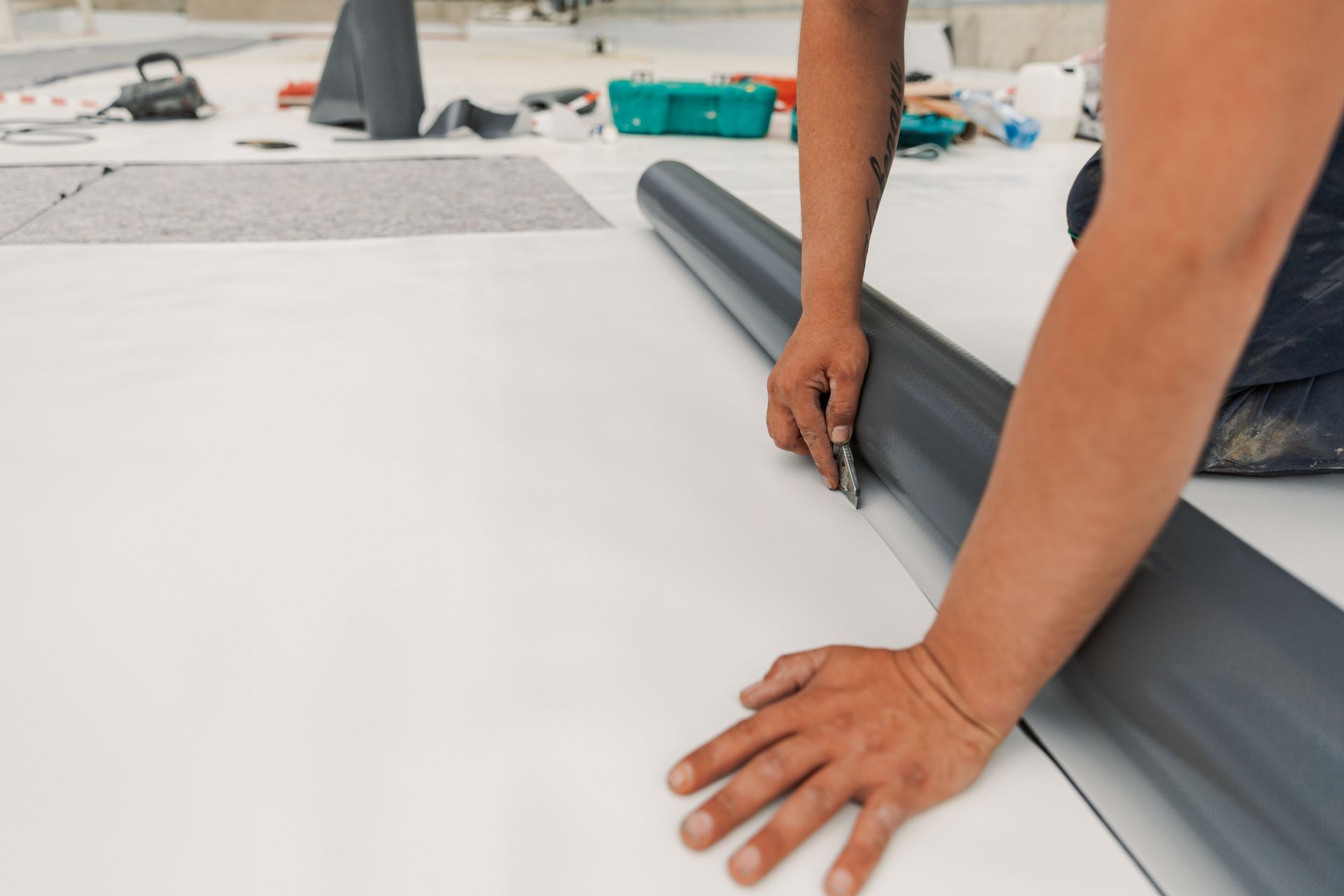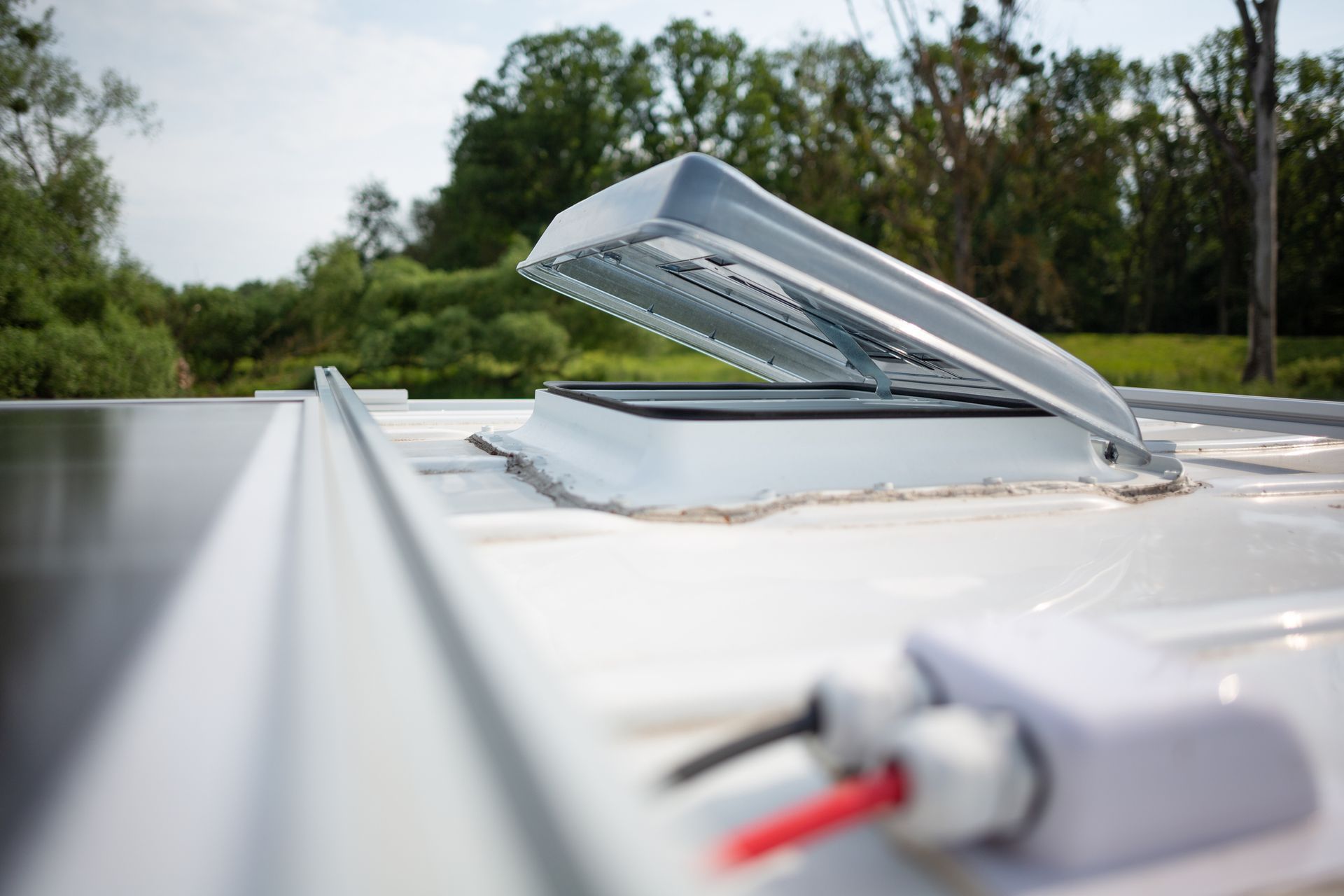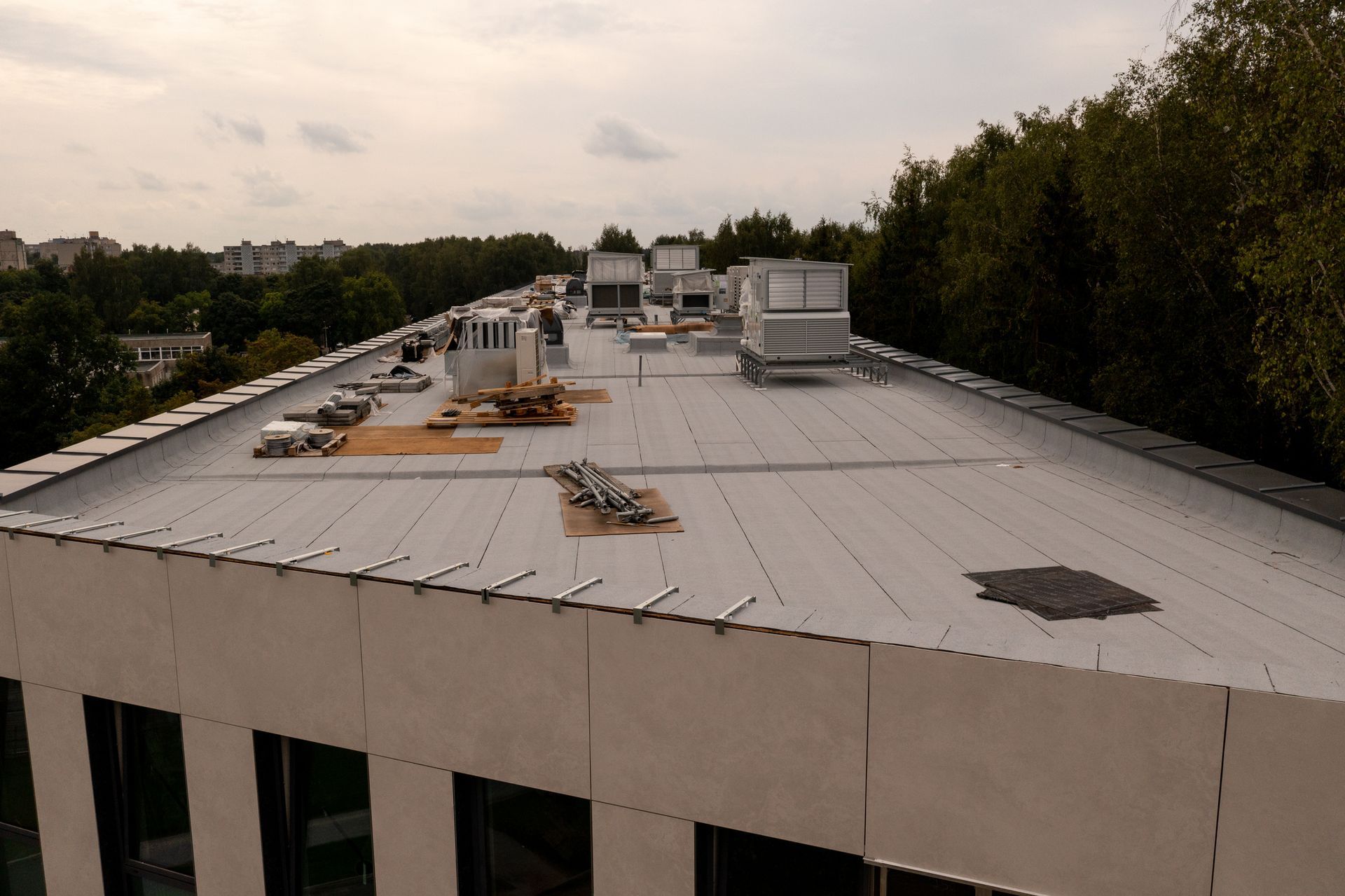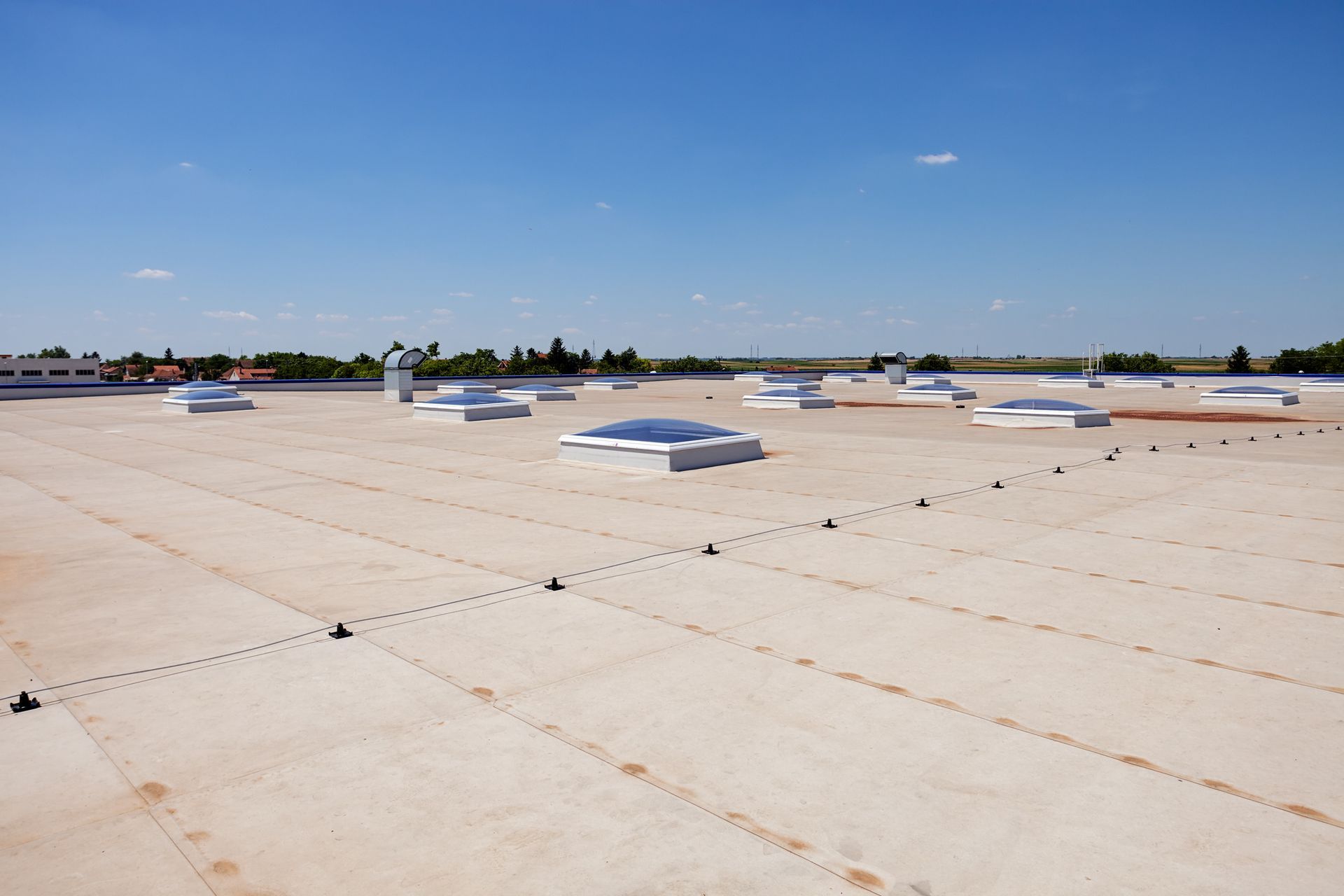Commercial Skylights and Revenue
Commercial Skylights and Revenue
In today's economic landscape, finding innovative ways to cut operational costs while simultaneously enriching the workplace has become a top priority for warehouse managers. A solution that's gaining traction due to its simple, yet profound impact is the installation of advanced commercial skylights. These skylights not only bathe workspaces in natural light, reducing dependence on artificial lighting, but also lead to considerable energy cost savings, directly benefiting the bottom line.
The Transformation of Commercial Skylights
Forget the outdated view of skylights as mere light sources with a predisposition for leaks. The industry has undergone a remarkable transformation, driven by technological progress in frame design, glazing, and water management. Skylights now present a golden opportunity for savings and aesthetic improvement, heralding a new era where they're not just beneficial but essential components of modern commercial roofing.
Financial and Aesthetic Gains
Studies have demonstrated that advanced skylight models can significantly extend the duration of natural lighting within buildings, potentially saving hundreds of operational hours yearly by reducing the need for electric lighting. This not only translates into direct energy cost savings but also highlights the broader benefits of commercial skylights, including enhancing building aesthetics and the well-being of occupants. For contractors, incorporating skylights into proposals addresses a rising market demand, enriching their service offerings and project value.
Types of Skylights and Their Impacts
Commercial skylights come in diverse shapes like dome, pyramid, and vault, and functionalities such as vented and fixed, to cater to varying architectural desires and practical needs. The use of modern materials, such as prismatic polycarbonate, offers enhanced features like UV protection, thermal insulation, and impact resistance, aligning with the needs of diverse settings from industrial spaces to retail environments.
- Dome Skylights:
These skylights feature a rounded top that allows for efficient water runoff, making them particularly beneficial in areas with heavy rainfall. The dome shape also provides a unique aesthetic, adding a modern touch to buildings. Made from materials like acrylic or polycarbonate, dome skylights offer excellent durability and resistance to impact, ideal for environments prone to severe weather conditions. - Pyramid Skylights:
As the name suggests, these skylights are shaped like a pyramid and can add an architectural highlight to any building. They allow for uniform light distribution across a large area, making them perfect for spaces requiring ample natural light. The geometric design of pyramid skylights not only contributes to the building's visual appeal but also enhances the structural integrity, allowing them to withstand heavy loads. - Vault Skylights:
Vault skylights extend over a portion of the roof in a barrel shape, creating a spacious and well-lit environment underneath. This type is particularly suited for long corridors or large open areas in commercial buildings, as it provides an abundant source of daylight, reducing the need for artificial lighting during daytime hours. - Vented Skylights:
These offer the functionality to open and close, either manually or through motorized controls. Vented skylights are advantageous for their ability to improve air circulation within a building, contributing to better indoor air quality and temperature control. They are an excellent choice for areas where ventilation is as much a necessity as natural light. - Fixed Skylights:
Fixed skylights do not open but are designed to provide maximum natural light. They are typically selected for areas where additional ventilation is not required but where enhancing natural light is a priority. Fixed skylights tend to have slightly better insulation properties since there are no openings, making them energy-efficient options for climate-controlled environments.
Skylight Materials and Usage
- Prismatic Polycarbonate: This modern material stands out for its combination of lightweight properties with exceptional strength and durability. Prismatic polycarbonate skylights diffuse light more evenly throughout the space below, eliminating glare while providing UV protection and thermal insulation. These features make it an optimal choice for commercial settings where controlling light quality and minimizing heat gain are essential.
- Acrylic: Acrylic is another popular material for skylights due to its clarity and resistance to UV degradation. It allows for high light transmittance, creating bright interior spaces without excessive heat buildup. Acrylic skylights are also impact resistant, though not as robust as polycarbonate, making them suitable for regions with moderate weather conditions.
- Glass: Glass skylights provide a classic look with high visibility. They can be treated or coated to offer benefits like enhanced thermal insulation, UV protection, and noise reduction. Glass is heavier than plastic-based materials and requires a more robust support structure, but its aesthetic appeal and long-term resilience make it a favored choice for premium installations.
Simplifying Project Execution and Warranty Management
All Seasons Roofing champions the integration of roofing and skylight solutions, ensuring a seamless project experience for contractors from selection through to installation. This approach not only streamlines project management but guarantees aligned warranties for the roofing and skylight components, offering comprehensive coverage without gaps, simplifying the claims process, and providing peace of mind for both contractors and building owners.
Incorporating advanced commercial skylights into warehouse designs represents a strategic investment toward operational efficiency, employee wellness, and enhanced property value. As the skylight industry continues to evolve, the initiative by companies like All Seasons Roofing to provide comprehensive, high-quality skylight solutions marks a significant step forward in harnessing natural light for commercial success.
